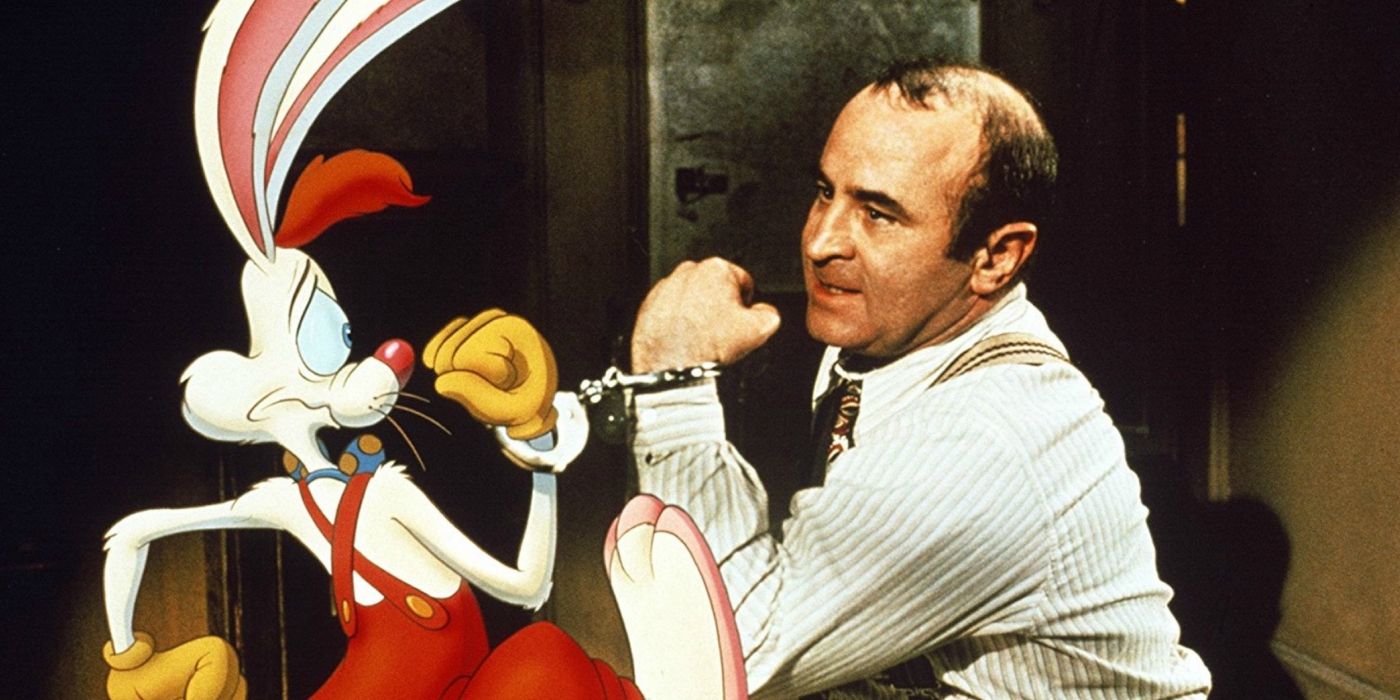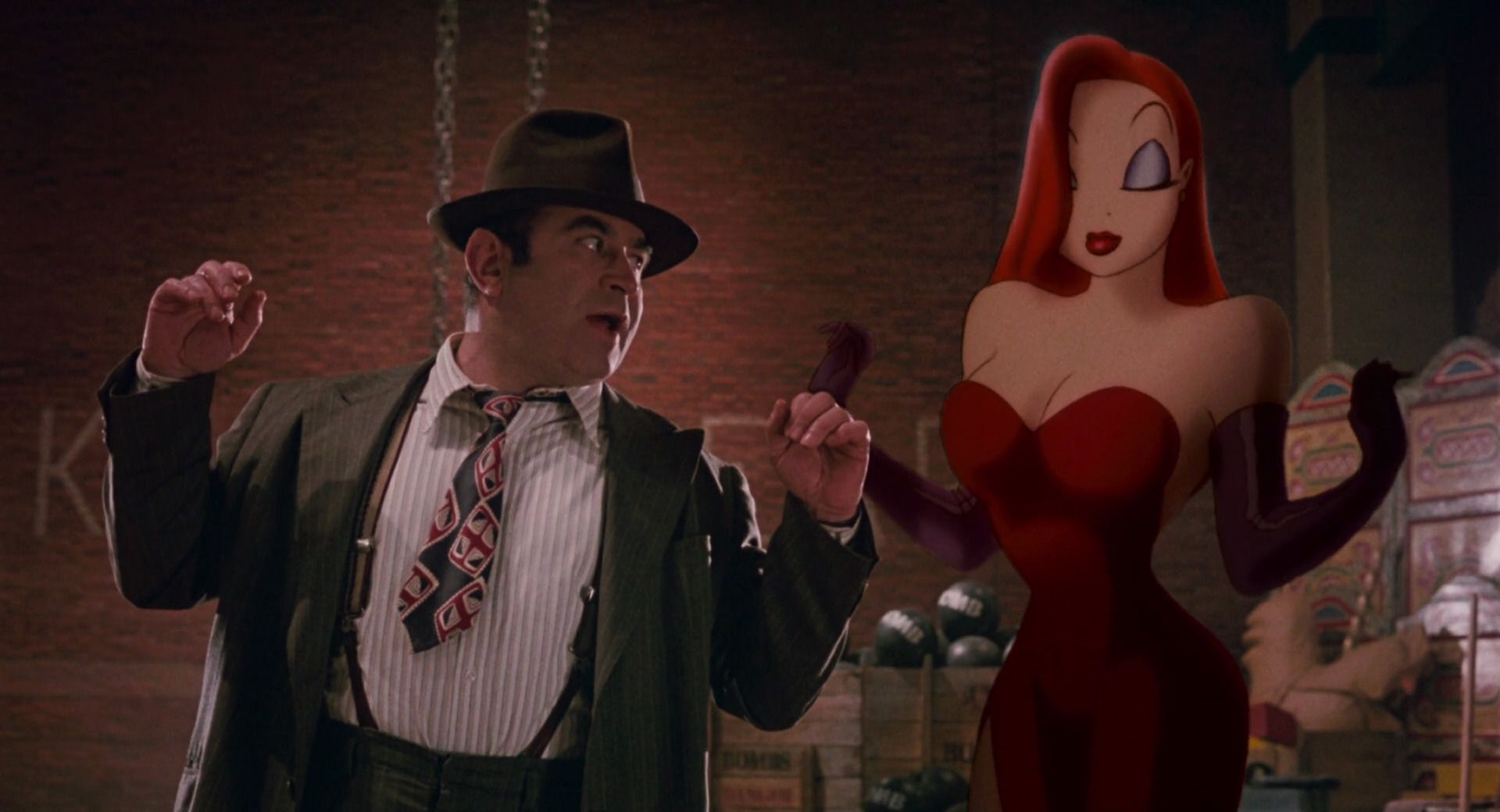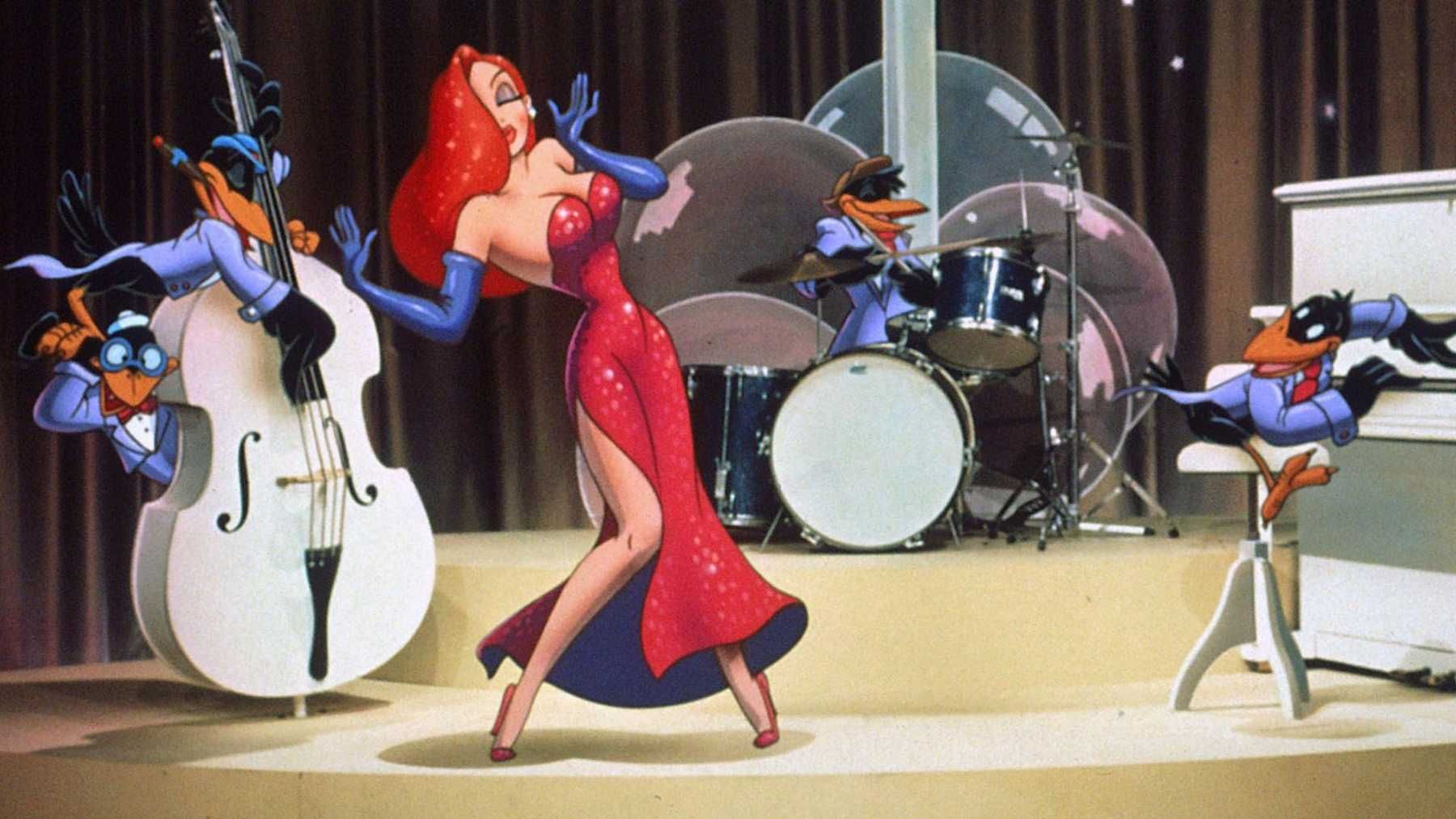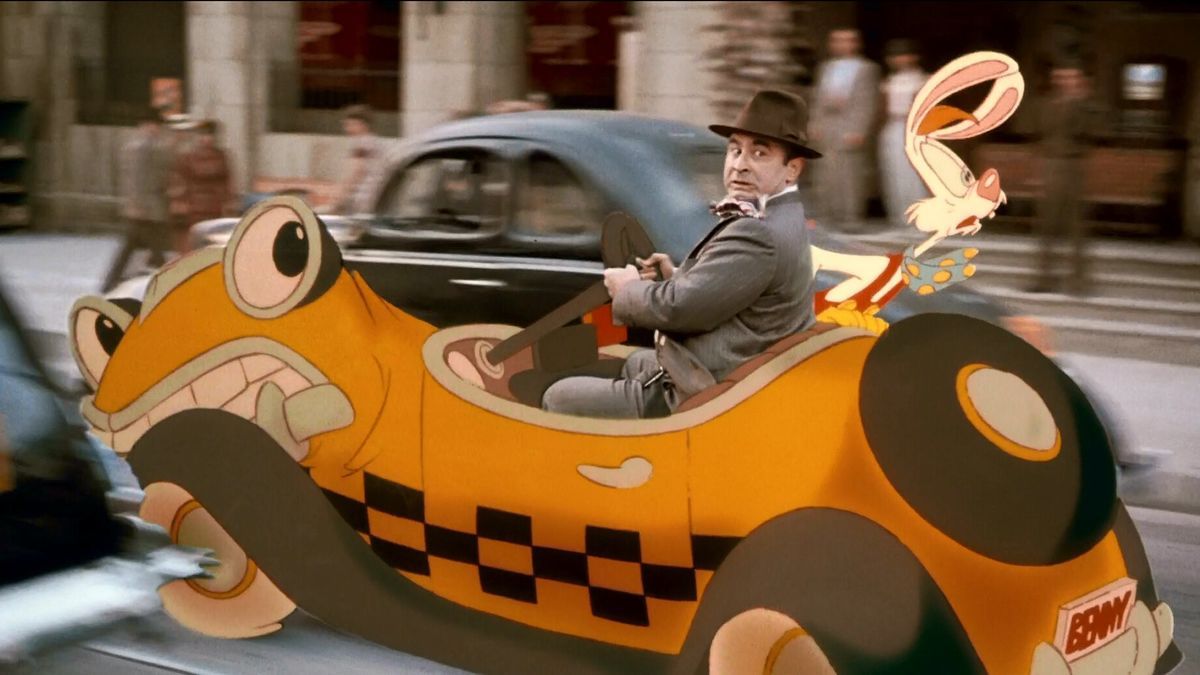Who Framed Roger Rabbit, released back in 1988, is a stone cold classic – a technical and storytelling marvel that enraptured audiences the world over and announced that Disney was back in a very big way. It’s also a movie that is available, right now, on Movies Anywhere and eligible for users to send a Screen Pass*. That means, if you have the movie in your Movies Anywhere collection, you could choose, to send a Screen Pass to a very lucky someone, which would allow them to watch Who Framed Roger Rabbit for a limited time at no additional cost. But with whom will you choose to share your love of Robert Zemeckis’ masterpiece? Some questions you might want to ask before making your decision:
Are They Very Into Film Noir?
Film Noir is usually defined by its moody atmosphere (borrowed, in part, from German expressionism), hardboiled tone, spare dialogue and equally gruff characters. Most of the films that cinephiles suggest are from the subgenre’s heyday in the 1940s but some more modern movies make the cut too. Rarely, though, is Who Framed Roger Rabbit included in the list. But it really should be. Who Framed Roger Rabbit has all the hallmarks of a classic film noir – a lovable but antisocial, alcoholic private eye (played brilliantly by Bob Hoskins who stepped in when original choice Harrison Ford turned them down), a mystery that continues to escalate, and a dangerously conspiratorial plot that is slowly revealed until it threatens almost everything that we love. It’s grand, ambitious storytelling that is also highly intricate and all of the technical aspects of the film play into its noir undercurrents, from Dean Cundey’s rich cinematography to Alan Silvestri’s all-time great score. If your potential Screen Pass recipient is a Film Noir fan and, for some reason, doesn’t have Who Framed Roger Rabbit on the to-watch list, well, time to correct that for them.
Are They a Student of Animation History?
One of the more miraculous aspects of Who Framed Roger Rabbit, a movie made almost exclusively of miraculous aspects, is just how many animated characters make it into the movie, sharing the same screen as characters from rival animation studios or returning long-dormant characters to elevated prominence (was anyone really talking about Droopy in the year 1988?) Much of this had to do with Zemeckis’ movie geek fanaticism about including as many characters from the period as possible and was facilitated by producer Steven Spielberg’s ability to grease the wheels and make the licenses happen with relative ease. Some of the requirements for these characters to appear is hilarious (for example, when Donald and Daffy appear in the wonderful “dueling pianos” sequence, they had to be on screen for the same amount of time and have the same amount of dialogue – down to the word), but it’s telling that audiences still can’t pick up on that. It’s all seamless. And the animation itself has proven to be just as historic a milestone as anything else, since it was supervised by envelope-pushing Canadian animator Richard Williams and his British studio and included a handful of artists who would shape the oncoming Disney Renaissance (including Andreas Deja and Brenda Chapman). Not only is the movie a tapestry of animation history but it also made animation history. If you’ve got an animation buff in your life, you might want to think about recommending Who Framed Roger Rabbit.
Are They a Robert Zemeckis Superfan?
Robert Zemeckis was one of the most prolific and successful directors of the 1980s, with box office hit after box office hit (many of them shepherded and produced by Spielberg). And while in recent years, following his obsession with motion-capture animated features, his output has been more hit-or-miss, that unevenness does little to tarnish the good name of Who Framed Roger Rabbit. And truthfully Who Framed Roger Rabbit might be his greatest, most successful accomplishment, one that seamlessly married his next-level storytelling ambition and his singular need for technological experimentation in a cohesive package that pushed the art form forward while also playing as an emotionally resonant piece of mainstream entertainment. The amount of forward-thinking that was required of this movie is insane; nobody had ever attempted anything like it and audiences had never seen anything like it. And even looking at behind-the-scenes documentation of the movie’s production will leave you slack-jawed in amazement. This is really phenomenal filmmaking, in every sense of the word, and proof positive that Zemeckis is a true auteur.
*Registration with Movies Anywhere required. Open to U.S. residents 13+. Screen Pass-eligible movies are subject to change without notice.
This article is presented by Movies Anywhere. Movies Anywhere and Screen Pass are trademarks of Movies Anywhere, LLC. © 2020 Movies Anywhere.




